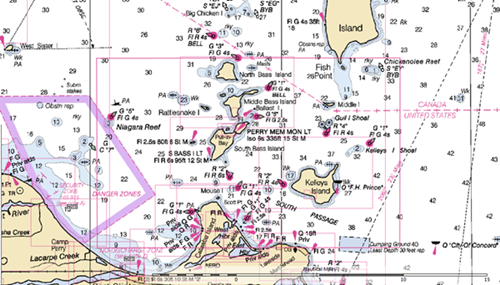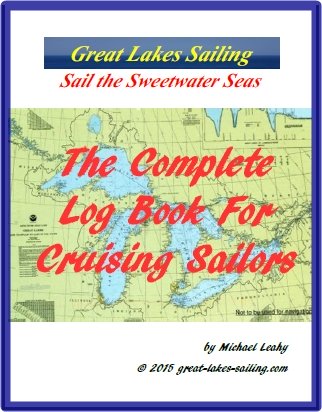
BOAT NAVIGATION
Setting out is optional - returning is not!
Navigation is the science and the art of accurately determining your position, identifying where you want to go, planning a safe route to get there and then following that plan to arrive safely.
The principal things we want to know are:
1. Where am I?
2. What direction am I going, or want to go?
3. Where is my destination?
4. How long will it take me to get there?
Much of a cruising sailor's navigation will entail piloting – following
coastlines, making your way through islands, entering and leaving
harbours. As much as we are concerned with knowing where we are, when
piloting, we also want to know where we aren't! - e.g. avoiding rocks,
hazards, avoiding busy commercial traffic areas.
There are a some steps a prudent Master can take when setting out on a cruise.
The first step is to plan ahead. This avoids the situation of being essentially one step behind. It also allows the Master to 'con' the boat from the cockpit where s/he should be vs the nav station. (You wouldn't really bring your charts up to the cockpit in windy, rainy weather, would you?) Planning ahead also boosts your confidence in your plan and instills confidence in your crew – critically important in some instances for continued cruising!
A second step is to draw a simple sketch of the plan that you can take into the cockpit – not a detailed checklist but a quick diagram of waypoints or course changes.
A third step is to thoroughly brief your crew on what is going to be happening. When they know and understand this, their confidence level goes way up. If you are faced with blank stares after your briefing, it means not only does the crew not understand what is going to happen but possibly you aren't that clear either. Have another go at it, striving to be clear and simple in your explanation.
A few guiding principles:
NEVER leave a known safe position for an unknown position until you have worked out a plan for your next leg.
NEVER rush, never BE rushed – it is so very very easy to
be pressured by crew/guests who simply do not understand the forces at
play and urge actions that are imprudent. Your title is Master, not host
and its your duty to ensure that the boat and its occupants are safe.
STAY SAFE – if prudence dictates that you stop, then STOP, put the boat in a safe situation and STAY there.
So, with these principles in mind, lets dig into it. We'll look at
navigation tools, compass use and conversion, latitude and longitude and
plotting a position.
Navigation Tools
Compass and Bearings
Latitude and Longitude
ColRegs - The Rules of the Road
Aids to Navigation
Plotting Your Position
Click here to return from BOAT NAVIGATION to HOME
The Complete Log Book For Cruising Sailors
written by a sailor for sailors

a practical, easy-to-use yet thorough format to record all of the necessary information about your boat and any cruises you take – whether exploring home waters or voyaging to distant ports across the Great Lakes.
.
Click here for more details